Movement. 1920s
From the Multimedia Art Museum collection, Moscow
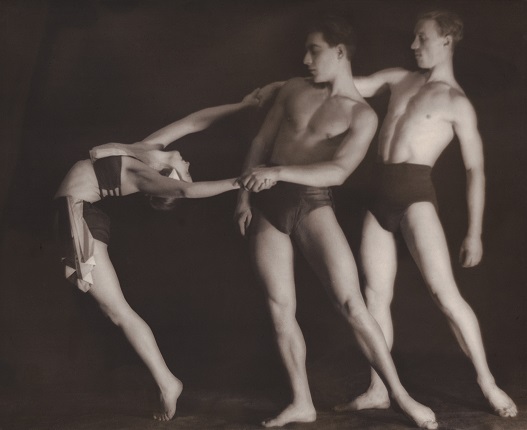
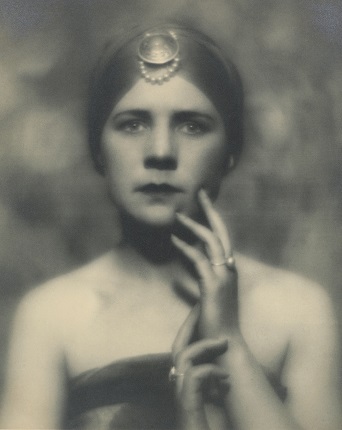
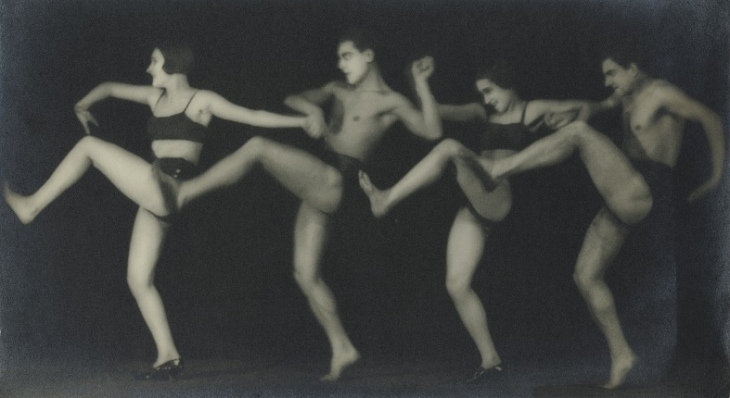

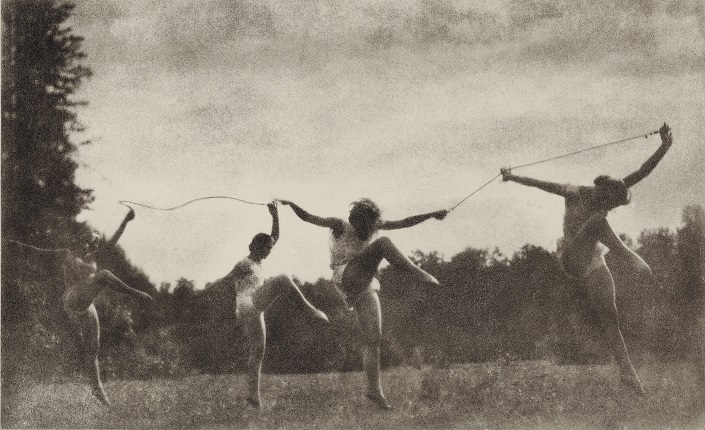
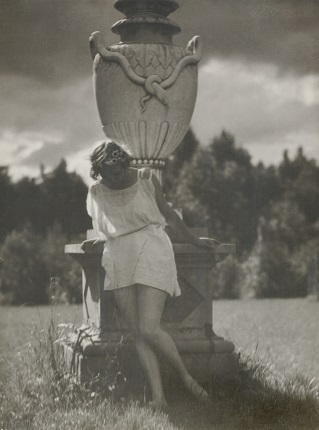
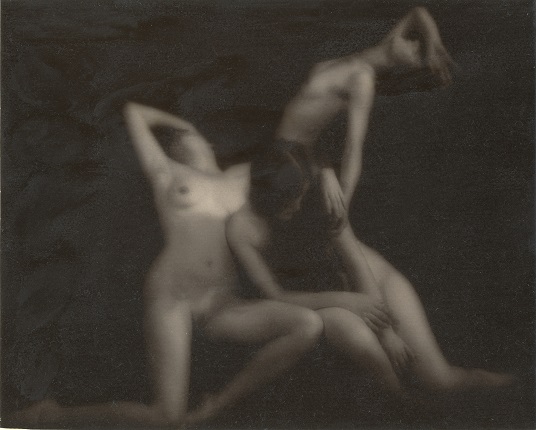
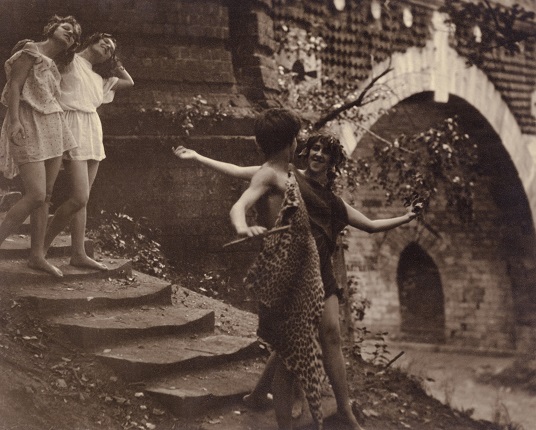
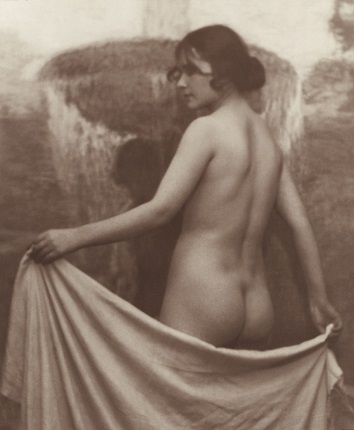
Alexander Grinberg. Trio Castelio. 1924. Author's silver gelatin print
Alexander Grinberg. Portrait (Woman with a star). 1923. Author's silver gelatin print
Alexander Grinberg. Etude. Group. 1928. Author's silver gelatin print
Alexander Grinberg. Sitting girl. 1928. Bromoil, the author's imprint
Alexander Grinberg. Etude. 1928. Bromoyol, author imprint
Alexander Grinberg. The day is passing. 1923. Author's silver gelatin print
Alexander Grinberg. Etude. 1926. Author's silver gelatin print
Alexander Grinberg. Bacchanalia-I. 1923. Author's silver gelatin print
Alexander Grinberg. Bather. 1924. Author's silver gelatin print
Moscow, 28.06.2019—28.07.2019
exhibition is over
Share with friends
Curator Elena Misalandi
For the press
Alexander Grinberg
Movement. 1920s
From the Multimedia Art Museum collection
28 June 2019 — 21 July 2019
Corporate trustee of the Museum: Nornickel
Curator: Elena Misalandi
As part of the XI Moscow International Biennale ‘Fashion and Style in Photography-2019’ the Multimedia Art Museum, Moscow presents an exhibition by classic of Russian photography Alexander Grinberg, a leading figure of the pictorial movement.
Alexander Danilovich Grinberg was born in Moscow in1885. He graduated from the Physics and Mathematics Faculty of Moscow University and the Stroganov School of Art, where he developed an interest in photography. In 1907 he became a member of the Russian Photography Society (RFO), and there he met and became close to a group of pictorialist photographers: Sergei Lobovikov, Nikolai Petrov, Anatoly Trapani, Sergei Savrasov and others.
Pictorialists relied on the canons of painting, both with regard to the choice of subject and their perception of each photographic print as a unique work of art appearing in the course of complex technological processing of the negative, which served merely as the starting point for subsequent transformation of the image; they also used the monocle type of lens that produced a softer image reminiscent of painting.
Grinberg entirely mastered the technique of ‘noble’ printing, which involved oil processing of the prints (bromoil, gum arabic, gum bichromate). Striving for perfection, he experimented with photo processes, endlessly varying and nuancing the same subject matter or compositional mise en scène and thereby achieving unprecedented opportunities to convey the emotional state of the subjects and their surroundings by his photographs. ‘The method of printing with oil paints (typographic or lithographic) gives scope to artistic taste,’ wrote Grinberg. ‘It allows for infinite enhancement or softening of the image and unbounded freedom of alteration to suit the authorial concept.’
In 1909 Alexander Grinberg gained international recognition after receipt of a gold medal at the International Photographic Exhibition in Dresden. His works were also acclaimed at numerous competitions and exhibitions throughout the Russian Empire.
The photographer was appointed as head of the RFO photography and laboratory pavilion in 1912. According to Grinberg his duties also included «advising members of the society on a particular task, monitoring the latest technology and maintaining safety of the equipment and instruments».
In 1914 Alexander Grinberg was asked to organise the photo-advertising department at the Alexander Khanzhonkov Film Factory in Moscow. He equipped the laboratory for them, installing special Kodak printing machines and facilitating the mass production of photographs. There he first tried out the role of cameraman, which greatly influenced his later photographic experiments with studies of movement.
Alexander Grinberg was drafted into the army at the outbreak of the First World War and captured by the Germans in 1915. By chance it was then that he encountered books on photochemistry and the history of photography, including German pictorialism. Having the mindset of an engineer, Grinberg learned all the technical innovations and utilised them in his work after release from captivity.
In the 1920s pictorialism gradually exhausted its aesthetic potential in world photography but gained second wind in Soviet Russia. A photo laboratory (Photocabinet) was created at the State Academy of Artistic Sciences (GAKhN) headed by Boris Podluzsky, bringing together the pictorialist photographers. Apart from Alexander Grinberg these included Yuri Yeremin, Nikolai Svishchov-Paola, Alexander Khlebnikov and others. Not wishing to deviate from their creative principles, these photographers of the ‘old school’ put up ‘quiet resistance’ to the ideas of modernists led by Alexander Rodchenko and the growing movement towards socialist realism.
The GAKhN Photocabinet was involved in studying the art of movement and ways of perceiving and depicting this in the plastic arts. Interest in the topic was prompted by arrival in the USSR of legendary American dancer Isadora Duncan, who created the school of free dance. The Choreological Laboratory was set up at GAKhN, resulting in four exhibitions entitled ‘The Art of Movement’ (1925–1928), with the participation of Alexander Grinberg.
The exhibition ‘Alexander Grinberg. Movement. 1920s. From the Multimedia Art Museum collection’ brings this period of the photographer’s work to public attention. On display are images with plastic études of movement staged by the Vera Maya Studio, whose productions realised the ideas of Isadora Duncan, as well as Grinberg’s celebrated ‘nudes’ posed by the studio dancers Ekaterina Lopatina, Lyolya Popova, Nina Frolova and the famous actress, scriptwriter and director Margarita Chardynina, neé Barskaya. (Grinberg met her through her husband, the director Pyotr Chardynin, with whom he worked in the early 1920s). The result of this creative association between Grinberg and Barskaya was a series of nude studies that demonstrated the photographer’s ability to express spiritual and corporeal harmony and convey the naturalness of the model, with recourse to sculptural and pictorial canons.
In 1928 the exhibition ‘Ten Years of Soviet Photography’ opened, featuring more than fifty images by Alexander Grinberg. The exhibition provoked the discussion ‘On Formalism and Naturalism in Photographic Art’, in which pictorialist photographers were fiercely attacked by biased Soviet critics who branded them the aesthetic opposition to Soviet ideology.
From the late 1920s the search began for enemies of revolutionary change in all areas of Soviet life, including photographic art. In photography the ‘enemies’ turned out to be pictorialists, who were accused of a predilection for the old non-revolutionary world that embraced values deemed bourgeois by the Soviet regime instead of the class struggle.
Alexander Grinberg was one of the photographers stigmatised by official propaganda. His photography of nudes was exposed to particularly harsh criticism. Nonetheless Grinberg ventured to present his nude études at the famous 1935 exhibition ‘Masters of Soviet Photo Art’. Curiously enough, the hanging of this exhibition was supervised by Alexander Rodchenko, Grinberg’s neighbour across the landing and the most striking exponent of the opposing trend in photographic art, modernism, which was also subject to attack from the authorities before long.
In 1936 Grinberg was arrested under the absurd pretext of distributing pornography and exiled to Stalin’s labour camps. Alexander Grinberg served his sentence at the Barmlag (Baikal-Amur Corrective Labour Camp), where he worked as photographer and technician at the Photo Bureau of the Camp Administration. After early release in 1939 for completion of shock work and good behaviour he began working as photographer at the museum of the Trinity-St. Sergius Monastery.
After the death of Stalin Alexander Grinberg sought to restore his reputation, believing that the accusations against him were politically motivated. This was denied for a long time, on the grounds that he was convicted for a ‘criminal’ offence. Grinberg was only rehabilitated in the late 1950s and never managed to recover from the injustice and upheaval he had undergone. He led a very quiet life. Like many of his pictorialist colleagues, he did some teaching for photography courses. Occasionally he worked as contract photographer for confectionery factories and the House of Models on Pyatnitskaya. He died in Moscow in 1979.







